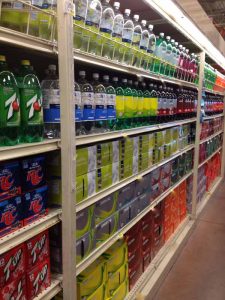 A study conducted from NHANES data projects that regularly drinking as little as one 12-ounce sugary soda a day may increase the risk of cardiovascular disease by about 30%—independent of total calories, obesity, or other risk factors[1].
A study conducted from NHANES data projects that regularly drinking as little as one 12-ounce sugary soda a day may increase the risk of cardiovascular disease by about 30%—independent of total calories, obesity, or other risk factors[1].
Researchers analyzed data from three National Health and Nutrition Examination Survey (NHANES) surveys—1988–1994, 1999–2004, and 2005–2010—and examined CVD mortality during a mean follow-up of 14.6 years.
More than 70% of the added sugar came from sugar-sweetened beverages (37.1%), grain-based desserts (13.7%), fruit drinks (8.9%), dairy desserts (6.1%), and candy (5.8%).
Sugar and CVD Death
There is disagreement about how much added sugar is acceptable in a healthy diet.
According to the Institute of Medicine, added sugar should be less than 25% of total calories. The World Health Organization recommends less than 10% of total calories from added sugar. The American Heart Association less than 100 calories a day for women (about 5% of total daily calories) and 150 calories a day for men (about 7.5% of total daily calories).
“Yang et al inform this debate by showing that the risk of CVD mortality becomes elevated once added sugar intake surpasses 15% of daily calories—equivalent to drinking one 20-ounce Mountain Dew soda in a 2000-calorie daily diet,” Dr Laura A Schmidt (University of California, San Francisco) writes in an invited commentary[2]. The risk rises exponentially as sugar intake increases, peaking with a fourfold increased risk of CVD death for individuals who consume one-third or more of their daily calories in added sugar, she adds.
“Until federal guidelines are forthcoming, physicians may want to caution patients that, to support cardiovascular health, it is safest to consume less than 15% of their daily calories as added sugar,” she advises.
References
- Yang Q, Zhang Z, Gregg EW, et al. Added sugar intake and cardiovascular diseases mortality among US adults. JAMA Intern Med 2014; DOI:10.1001/jamainternmed.2013.13563. Abstract
- Schmidt LA. New unsweetened truths about sugar. JAMA Intern Med 2014; DOI:10.1001/jamainternmed.2013.12991.Commentary
![]() Print Friendly Version
Print Friendly Version
 Scan Me!
Scan Me!
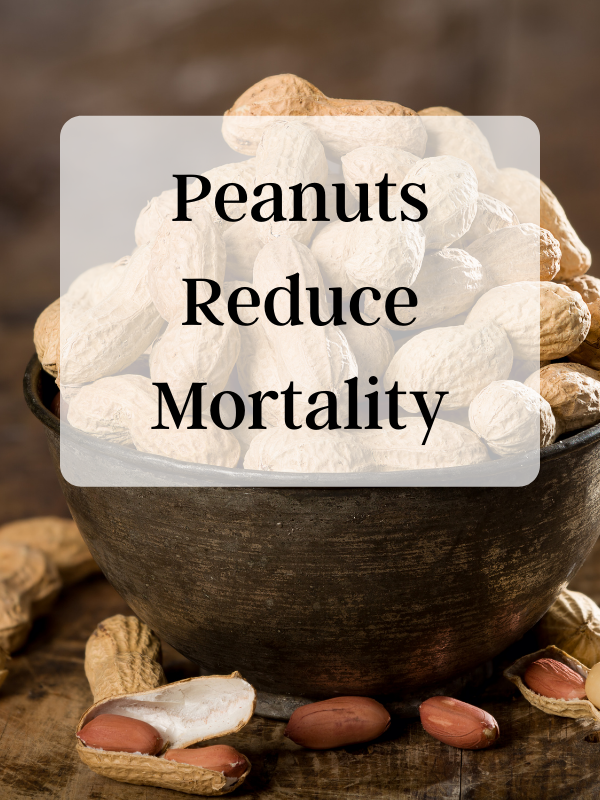
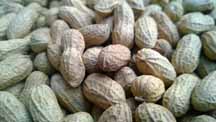
 some words for post.
some words for post.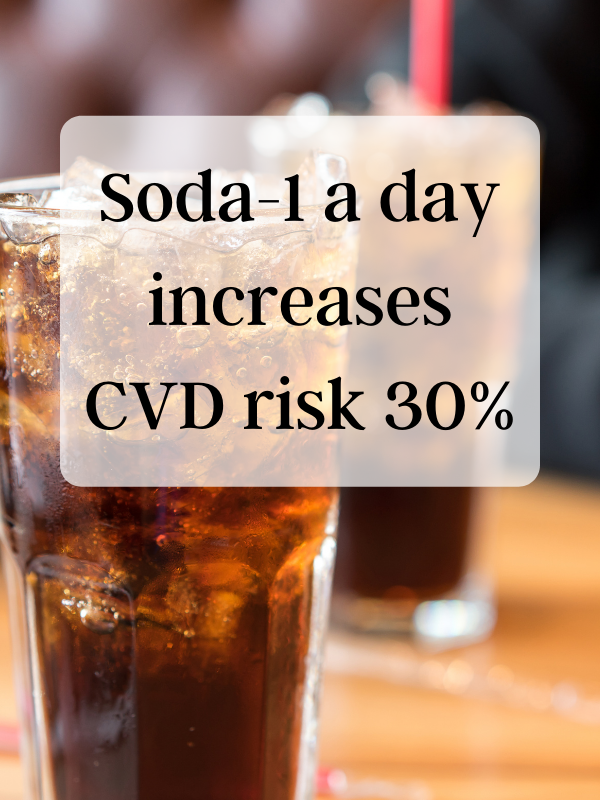
 A study conducted from NHANES data projects that regularly drinking as little as one 12-ounce sugary soda a day may increase the risk of cardiovascular disease by about 30%—independent of total calories, obesity, or other risk factors[1].
A study conducted from NHANES data projects that regularly drinking as little as one 12-ounce sugary soda a day may increase the risk of cardiovascular disease by about 30%—independent of total calories, obesity, or other risk factors[1].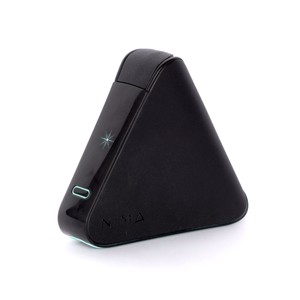 You can pre-order the tester and 3 tests for $199.
You can pre-order the tester and 3 tests for $199. Making sure a patient’s diet is completely gluten-free is critical for these patients to avoid gut mucosal damage. It is thought that perhaps more than half of patients who say they are totally gluten free are actually getting in gluten by accidental contamination. An article in
Making sure a patient’s diet is completely gluten-free is critical for these patients to avoid gut mucosal damage. It is thought that perhaps more than half of patients who say they are totally gluten free are actually getting in gluten by accidental contamination. An article in